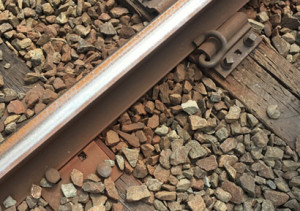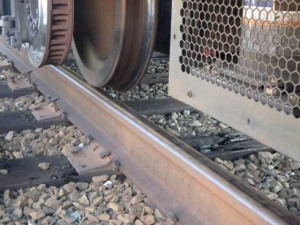WASHINGTON – Photos of the spot where a Metro train derailed last week show crumbling rail ties and outdated fasteners that have not been Metro’s preferred choice for years.

On a tour of a scheduled Metro track work zone last month, Metro Assistant General Manager Andy Off said older, flatter fasteners that are held to the rail ties by spikes are not as effective at keeping the rails from sliding apart as the newer, taller screwed-in fasteners that Metro has begun using over the last four to five years.
Off said the larger fasteners with elastic clips and lag screws offer a “much better connection.”
Metro has long-term work plans to replace thousands of old fasteners across the system, which have been blamed as at least a partial cause of several incidents.
The older fastener model shown in the area of Friday’s derailment corroborates indications from National Transportation Safety Board investigators that repairs that Metro should have known were needed in the area had not been done for years. The stretch of tracks opened in 1986.

An NTSB photo of a wheel just barely hanging onto the rail shows a cracking rail tie beneath the wheel. The rails had widened to about 1 and 3/4 inches farther apart than Metro standards, according to the preliminary NTSB investigation.
NTSB investigators also found more than 30 feet of rail with no effective rail ties. Metro policies require a minimum of 12 in the area.
The Federal Transit Administration said the lack of adequate inspections, and the lack of action based on the inspections that were done, are just more evidence of “systemic safety deficiencies in the maintenance and repair of track”.
Metro promised the NTSB that it would make sure employees are clear on what must be done to make repairs when inspections identify critical issues. Metro said it would follow its own standards calling for regular track inspections.







